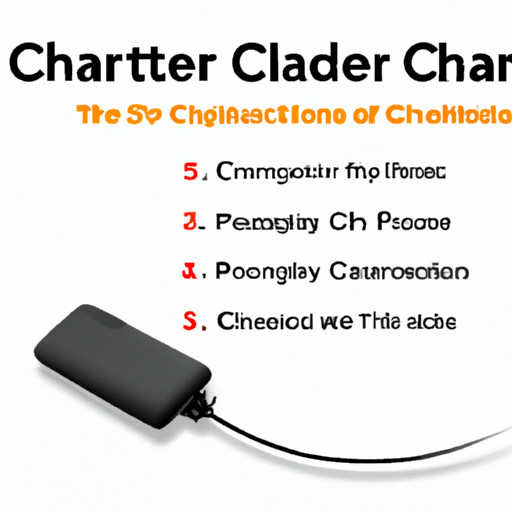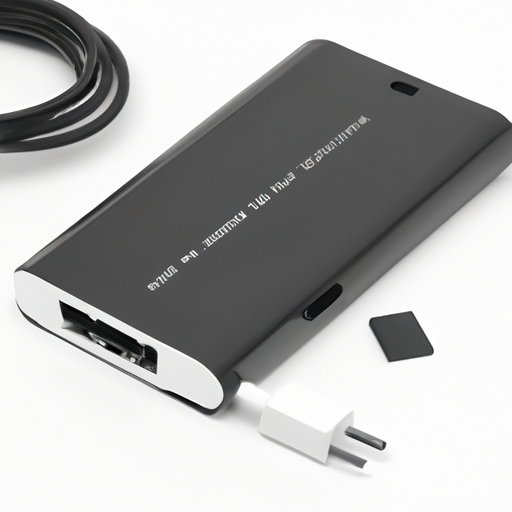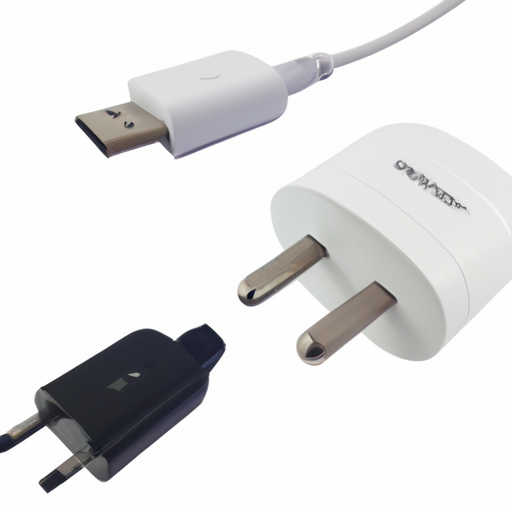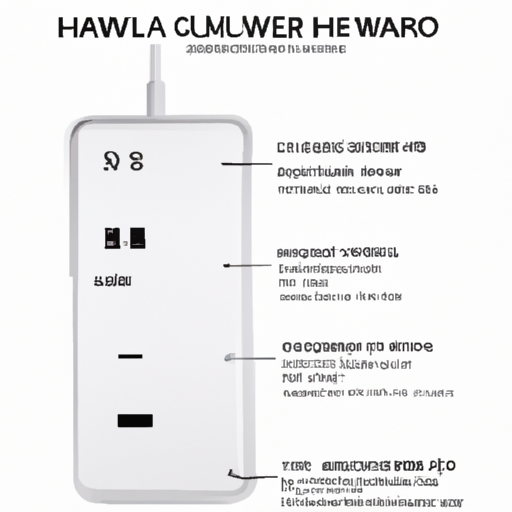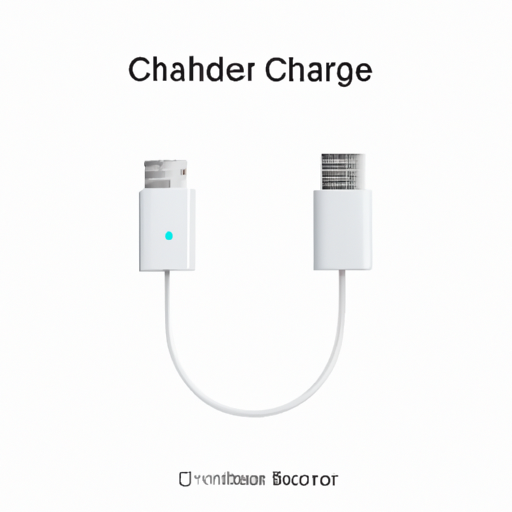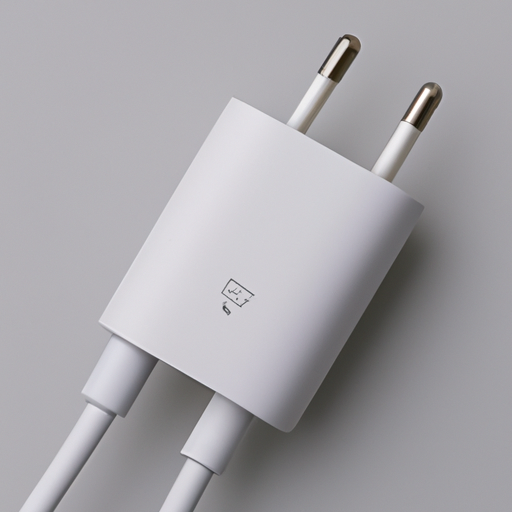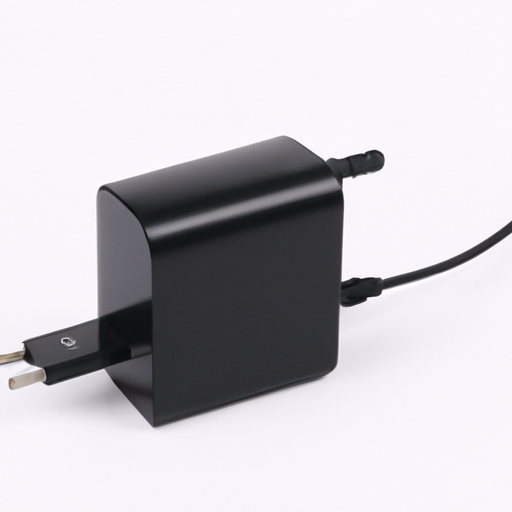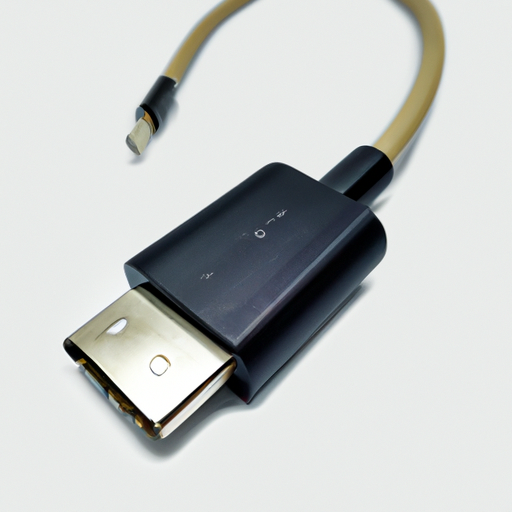What is the Product Life of a 3C Certified Charger?
I. Introduction
In today's technology-driven world, chargers are essential components of our daily lives. They power our smartphones, tablets, laptops, and a myriad of other devices that keep us connected and productive. However, not all chargers are created equal. One important certification that consumers should be aware of is the 3C mark, or China Compulsory Certification. This certification ensures that products meet specific safety and quality standards, making it a crucial factor in the purchasing decision for electronic accessories.
A. Definition of 3C Certification
The 3C mark, or China Compulsory Certification, is a mandatory certification system in China that applies to various products, including electrical appliances and electronic devices. It was established to protect consumers by ensuring that products meet safety, health, and environmental standards. The certification process involves rigorous testing and evaluation, which helps to guarantee the reliability and safety of the products that bear the 3C mark.
B. Overview of Chargers and Their Significance in Modern Technology
Chargers are not just simple power adapters; they are complex devices that convert electrical energy to charge batteries safely and efficiently. With the increasing reliance on portable electronic devices, the importance of high-quality chargers cannot be overstated. A reliable charger not only ensures that devices function optimally but also plays a significant role in user safety.
C. Purpose of the Article
This article aims to explore the product life of 3C certified chargers, examining their lifespan, the factors that influence their longevity, and the best practices for maintaining them. Additionally, we will discuss the environmental implications of charger disposal and future trends in charger technology.
II. Understanding Product Life Cycle
A. Definition of Product Life Cycle (PLC)
The Product Life Cycle (PLC) refers to the stages a product goes through from its introduction to the market until its decline and eventual discontinuation. The typical stages of the PLC include:
1. **Introduction**: The product is launched, and marketing efforts are focused on building awareness.
2. **Growth**: Sales begin to increase as the product gains acceptance in the market.
3. **Maturity**: Sales peak, and the market becomes saturated.
4. **Decline**: Sales decrease as newer technologies emerge or consumer preferences change.
B. Factors Influencing the Product Life Cycle of Electronic Devices
Several factors can influence the product life cycle of electronic devices, including:
1. **Technological Advancements**: Rapid technological changes can render older products obsolete, shortening their life cycle.
2. **Market Demand and Consumer Behavior**: Shifts in consumer preferences can impact the popularity and longevity of a product.
3. **Regulatory Changes**: New regulations can affect product design and safety standards, influencing the product's market viability.
III. The Role of 3C Certification in Product Life
A. Quality Assurance and Safety Standards
3C certification plays a vital role in ensuring the quality and safety of chargers. The certification process involves rigorous testing procedures that assess various aspects of the product, including electrical safety, electromagnetic compatibility, and environmental impact. This thorough evaluation helps to ensure that 3C certified chargers are reliable and safe for consumer use.
B. Consumer Trust and Marketability
The presence of a 3C certification mark on a charger can significantly influence consumer purchasing decisions. Many consumers associate the 3C mark with quality and safety, leading to increased trust in the product. Additionally, brands that prioritize certification often enjoy a better reputation in the market, which can enhance their product life by fostering customer loyalty.
IV. Average Product Life of 3C Certified Chargers
A. Typical Lifespan of Chargers
The average lifespan of a 3C certified charger can vary based on several factors, including usage patterns and environmental conditions. Generally, a well-maintained charger can last anywhere from 2 to 5 years. However, factors such as frequent use, exposure to extreme temperatures, and improper handling can significantly reduce this lifespan.
1. Factors Affecting Lifespan
Usage Patterns: Chargers that are used frequently or for extended periods may wear out more quickly than those used sparingly.
Environmental Conditions: Exposure to heat, moisture, and dust can negatively impact a charger's performance and longevity.
B. Comparison with Non-Certified Chargers
3C certified chargers typically outperform non-certified chargers in terms of lifespan and reliability. Non-certified chargers may lack the necessary safety features and quality assurance, leading to a higher risk of failure and potential hazards, such as overheating or electrical fires.
C. Real-World Examples and Case Studies
Several brands have established a reputation for producing durable and reliable 3C certified chargers. For instance, brands like Anker and Xiaomi have received positive feedback from users regarding the longevity of their chargers. User experiences often highlight the importance of investing in certified products to avoid the pitfalls associated with cheaper, non-certified alternatives.
V. Maintenance and Care for Prolonging Charger Life
A. Best Practices for Using Chargers
To maximize the lifespan of a 3C certified charger, users should follow best practices for handling and storage:
1. **Proper Handling and Storage**: Avoid bending or twisting the charging cable, and store the charger in a cool, dry place when not in use.
2. **Avoiding Overcharging and Overheating**: Disconnect the charger once the device is fully charged to prevent overheating and potential damage.
B. Signs of Wear and When to Replace
Recognizing the signs of wear can help prevent charger failure. Users should be vigilant for:
1. **Frayed Cables**: Visible damage to the cable can indicate that the charger is no longer safe to use.
2. **Unusual Heat**: If the charger becomes excessively hot during use, it may be time to replace it.
Timely replacement is crucial for safety, as using a damaged charger can pose risks to both the device and the user.
VI. Environmental Considerations
A. E-Waste and the Impact of Charger Disposal
The disposal of electronic devices, including chargers, contributes significantly to e-waste. According to the Global E-waste Monitor, millions of tons of electronic waste are generated each year, with chargers being a common component. Improper disposal can lead to environmental pollution and health hazards.
B. Sustainable Practices in Charger Manufacturing
As awareness of environmental issues grows, many manufacturers are adopting sustainable practices in charger production. Innovations in eco-friendly materials and designs are becoming more prevalent, and consumers can play a role in promoting sustainability by choosing products from brands that prioritize environmental responsibility.
VII. Future Trends in Charger Technology
A. Advancements in Charging Technology
The future of charger technology is promising, with advancements such as fast charging and wireless charging becoming increasingly popular. These innovations not only enhance user convenience but also raise new questions about safety and efficiency.
B. Predictions for the Future of 3C Certified Chargers
As technology evolves, so too will the standards and regulations surrounding 3C certified chargers. We can expect to see more stringent requirements aimed at improving safety and performance, which will ultimately benefit consumers and extend the product life of chargers.
VIII. Conclusion
In conclusion, the product life of a 3C certified charger is influenced by various factors, including quality assurance, consumer trust, and proper maintenance. By understanding the importance of certification and following best practices for charger care, consumers can ensure that their chargers last longer and perform reliably. Additionally, as we move towards a more sustainable future, it is essential for consumers to make informed purchasing decisions that prioritize both quality and environmental responsibility.
IX. References
1. Global E-waste Monitor 2020. (2020). United Nations University.
2. China Compulsory Certification (3C) Overview. (n.d.). Certification and Accreditation Administration of the People's Republic of China.
3. Anker Technology. (n.d.). Customer Reviews and Product Longevity.
4. Xiaomi Corporation. (n.d.). Product Safety and Certification Information.
By understanding the significance of 3C certification and the factors that influence charger longevity, consumers can make informed choices that enhance their technology experience while promoting safety and sustainability.

